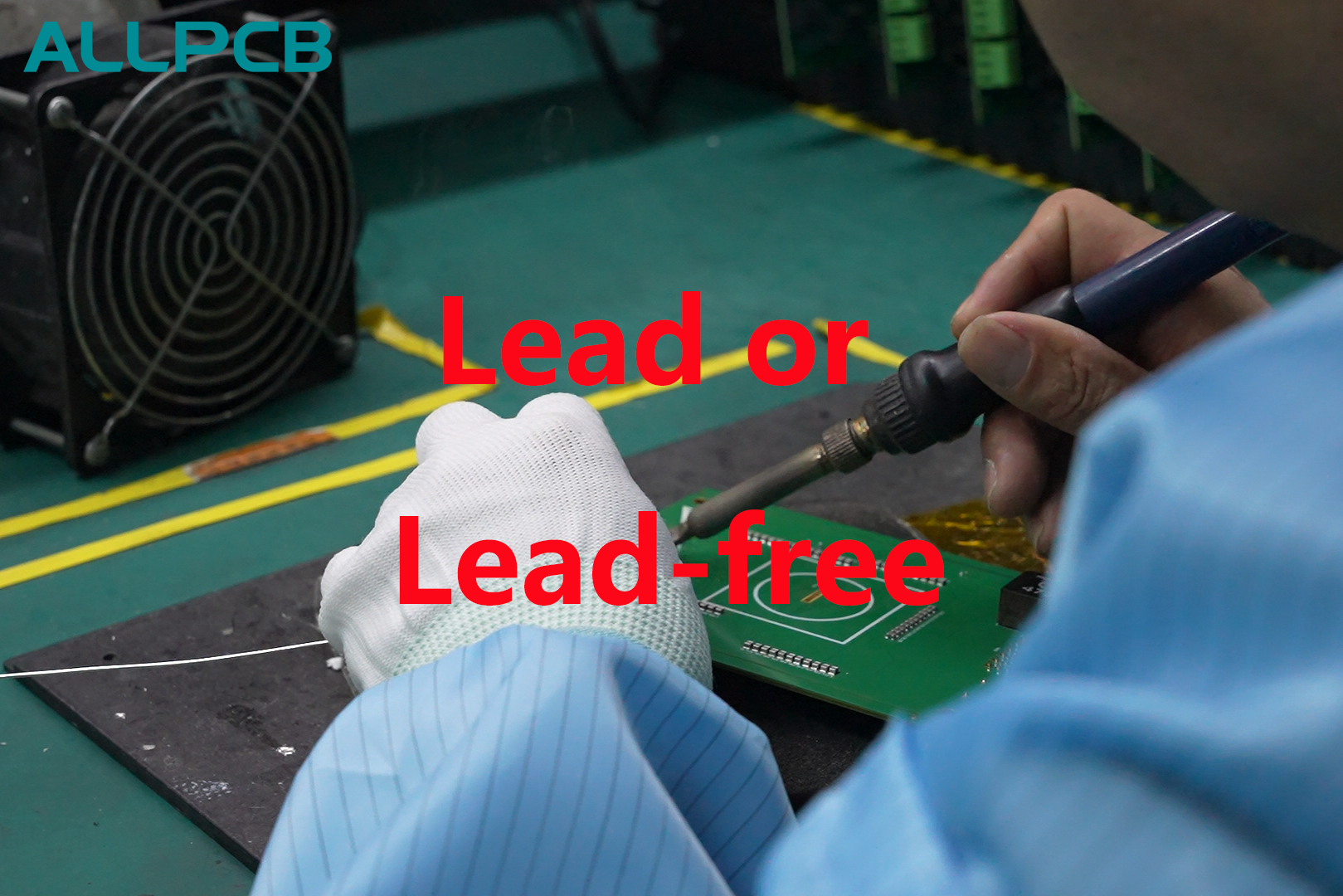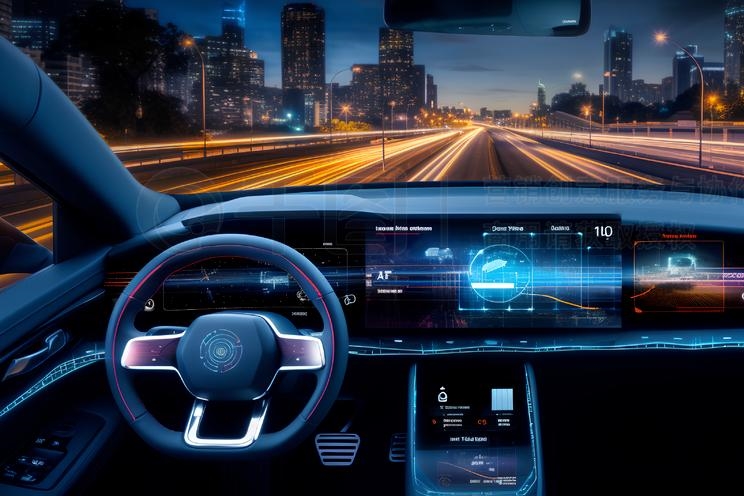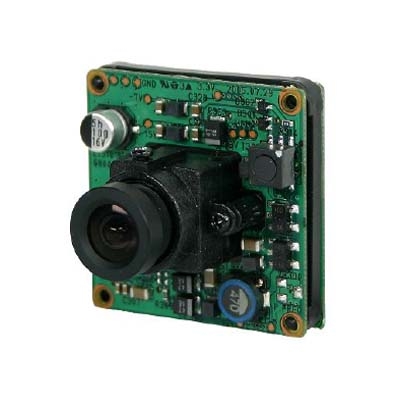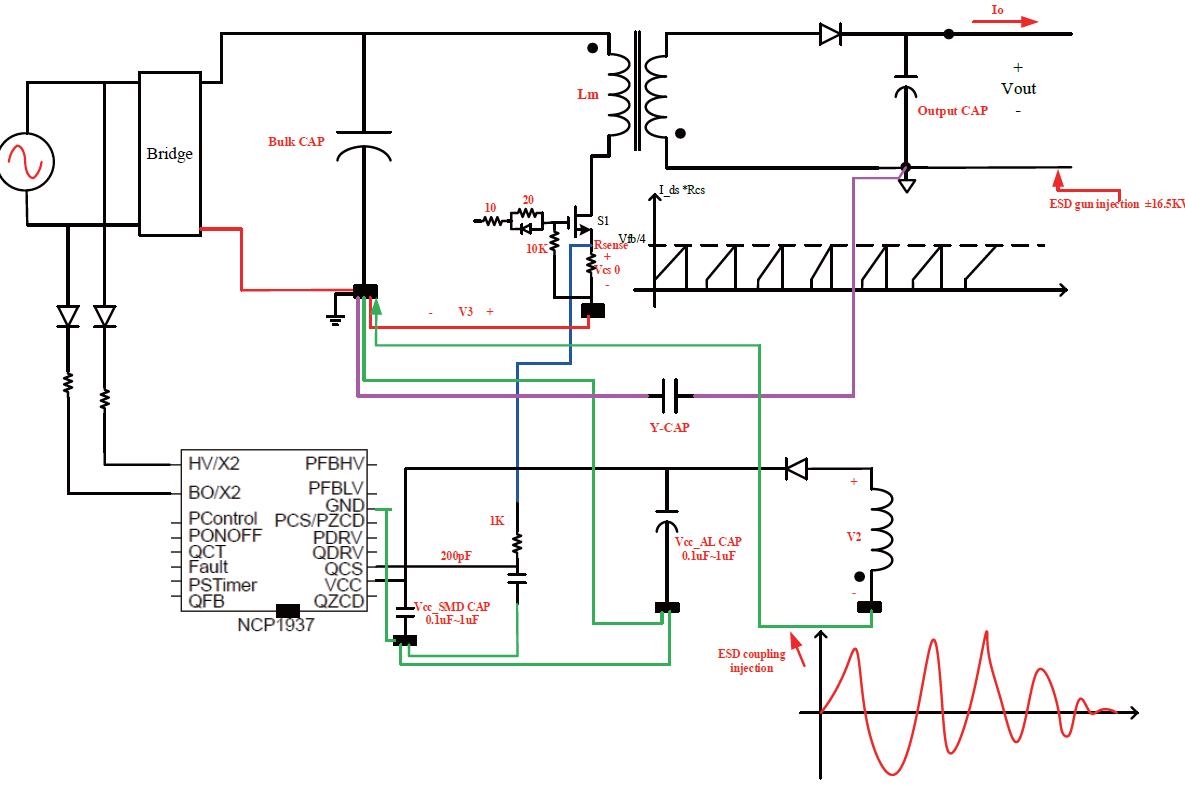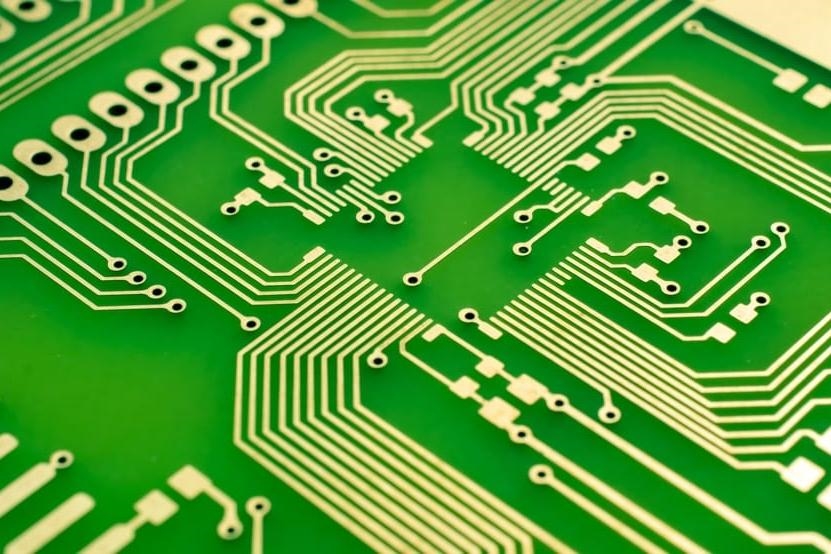In the fast-evolving world of renewable energy, wind turbines play a critical role in generating clean power. But how can we ensure these towering machines operate at their best? The answer lies in advanced control systems, specifically high-performance Printed Circuit Boards (PCBs). These components are the backbone of wind turbine control systems, directly impacting efficiency and reliability. In this blog, we’ll explore the importance of wind turbine control PCB efficiency, the benefits of high-performance PCB for wind turbines, and how wind turbine control system optimization can maximize energy output.
Whether you’re an engineer designing wind turbine systems or a project manager looking to improve performance, this guide will break down the essentials of advanced control PCBs and their role in the renewable energy sector. Let’s dive into the details of how these small but mighty components are shaping the future of wind energy.
Why Wind Turbine Performance Matters
Wind energy is one of the fastest-growing sources of renewable power globally. According to recent industry data, wind power capacity is expected to double by 2030, driven by the urgent need to reduce carbon emissions. However, the efficiency of wind turbines is not just about their size or location—it’s about how well their internal systems work together. A single percentage point increase in efficiency can translate to thousands of additional kilowatt-hours generated annually for a large turbine.
At the heart of this efficiency lies the control system, which manages everything from blade pitch to power output. And within that system, PCBs are the critical components that ensure smooth operation. By focusing on wind turbine control PCB efficiency, engineers can reduce energy losses, minimize downtime, and extend the lifespan of turbines.
What Are Control PCBs in Wind Turbines?
A Printed Circuit Board (PCB) is a flat board that connects electronic components using conductive tracks and pads. In wind turbines, control PCBs are specialized boards designed to handle the complex tasks of monitoring and adjusting turbine operations. These tasks include regulating blade angles, managing power conversion, and ensuring safety by detecting faults or overloads.
Control PCBs act as the brain of the turbine’s control system. They process data from sensors, execute commands, and communicate with other systems to keep the turbine running smoothly. For example, a typical control PCB might handle signals at speeds of up to 100 MHz to ensure real-time responses to changing wind conditions. Without high-performance PCB for wind turbines, even the most advanced designs would struggle to achieve optimal output.
The Importance of Wind Turbine Control PCB Efficiency
Efficiency in wind turbine control PCBs refers to how effectively they process signals, manage power, and minimize energy losses. A poorly designed PCB can lead to signal delays, overheating, or even system failures, all of which reduce the turbine’s overall performance. On the other hand, a highly efficient PCB ensures faster response times and lower power consumption.
For instance, reducing impedance mismatches on a PCB can improve signal integrity, ensuring that data from wind speed sensors is processed without delay. A well-optimized PCB might achieve impedance values as low as 50 ohms for critical signal paths, minimizing reflections and losses. This directly contributes to better control over blade pitch and rotor speed, which are essential for maximizing energy capture.
Moreover, efficient PCBs reduce heat generation, which is crucial in the harsh environments where wind turbines often operate. Excessive heat can degrade components over time, leading to costly repairs. By focusing on wind turbine control PCB efficiency, manufacturers can design systems that last longer and perform better under stress.
High-Performance PCB for Wind Turbines: Key Features
Not all PCBs are created equal. High-performance PCB for wind turbines are specifically engineered to meet the unique demands of renewable energy applications. Here are some of the key features that set them apart:
- Durability: Wind turbines are exposed to extreme weather conditions, from freezing temperatures to intense heat. High-performance PCBs are built with materials that resist corrosion and thermal stress, ensuring reliability over decades of operation.
- High-Speed Signal Processing: Modern turbines rely on real-time data to adjust to wind changes. Advanced PCBs support signal speeds of 100 MHz or higher, enabling rapid communication between sensors and controllers.
- Low Power Consumption: Energy efficiency isn’t just about the turbine’s output—it’s also about minimizing internal losses. High-performance PCBs are designed to operate on minimal power, often reducing consumption by up to 15% compared to standard boards.
- Compact Design: Space is limited inside a turbine’s control unit. High-performance PCBs use multi-layer designs to pack more functionality into a smaller footprint, often reducing board size by 20-30%.
These features make high-performance PCBs indispensable for modern wind turbine designs, especially as turbines grow larger and more complex. By investing in quality boards, manufacturers can significantly boost turbine efficiency and reliability.
Wind Turbine Control System Optimization: The Bigger Picture
While individual components like PCBs are crucial, wind turbine control system optimization involves a holistic approach to improving performance. This means integrating advanced PCBs with sophisticated software, sensors, and mechanical systems to create a seamless operation.
One key aspect of optimization is predictive maintenance. By using data from control PCBs, systems can detect early signs of wear or failure, such as a 5% drop in power output efficiency, and schedule maintenance before a breakdown occurs. This can reduce downtime by up to 30%, according to industry studies.
Another area of focus is adaptive control strategies. Modern control systems use algorithms to adjust turbine settings in real time based on wind speed, direction, and load. For example, an optimized system might adjust blade pitch by 0.5 degrees every second to capture an additional 2% of available wind energy. The PCB plays a vital role here by ensuring these adjustments happen without lag or error.
Finally, optimization also means reducing costs. High-performance PCBs may have a higher upfront cost, but they save money in the long run by improving efficiency and reducing repair needs. For a single large-scale turbine, this could mean savings of tens of thousands of dollars over its 20-25 year lifespan.
Challenges in Designing PCBs for Wind Turbines
Designing PCBs for wind turbines isn’t without its challenges. The harsh operating environment, high power demands, and need for precision all add layers of complexity. Here are some common hurdles engineers face:
- Thermal Management: Wind turbine control systems often operate in confined spaces with limited airflow. PCBs must be designed to dissipate heat effectively, often requiring thermal vias or heat sinks to keep temperatures below 85°C.
- Vibration Resistance: Turbines are subject to constant vibration from rotating blades and wind gusts. PCBs need robust mounting and soldering to prevent component failure, with designs often tested to withstand vibrations up to 10G.
- Electromagnetic Interference (EMI): The high-power electronics in turbines can generate EMI, which disrupts signal integrity. High-performance PCBs use shielding and careful layout to minimize interference, often achieving a noise reduction of 20 dB or more.
Overcoming these challenges requires expertise in materials science, electrical engineering, and environmental testing. It's a testament to the importance of specialized PCB design in the renewable energy sector.
How Advanced PCBs Drive Sustainability
Beyond performance, advanced control PCBs contribute to the broader goal of sustainability. By improving wind turbine efficiency, they help generate more clean energy with fewer resources. For example, a 1% increase in turbine efficiency across a wind farm with 100 turbines could reduce carbon emissions by thousands of tons annually.
Additionally, durable PCBs reduce the need for frequent replacements, cutting down on electronic waste. Many high-performance boards are also designed with recyclable materials, further minimizing their environmental footprint. In an era where sustainability is a top priority, these small components play a big role in making wind energy greener.
Future Trends in Wind Turbine Control PCBs
The field of wind turbine control systems is constantly evolving, and PCBs are at the forefront of this innovation. Here are some trends to watch:
- Integration with IoT: Internet of Things (IoT) technology is making wind turbines smarter. Future PCBs will support wireless connectivity, allowing turbines to send real-time data to cloud-based systems for analysis and optimization.
- AI and Machine Learning: Advanced PCBs will work with AI algorithms to predict wind patterns and adjust turbine settings proactively. This could boost efficiency by an additional 5-10% in the coming years.
- Advanced Materials: New materials like low-Dk (dielectric constant) substrates are being used to improve signal speed and reduce losses. These materials can increase signal propagation speed by up to 20%, enhancing overall system performance.
As these technologies mature, wind turbine control PCB efficiency will continue to improve, paving the way for even more powerful and sustainable energy solutions.
Conclusion: The Power of Advanced Control PCBs
Wind turbines are a cornerstone of the renewable energy revolution, and their performance hinges on the smallest of components—control PCBs. By focusing on wind turbine control PCB efficiency, leveraging high-performance PCB for wind turbines, and prioritizing wind turbine control system optimization, engineers can unlock significant gains in energy output, reliability, and sustainability.
At ALLPCB, we understand the critical role that quality PCBs play in renewable energy applications. Our expertise in designing and manufacturing advanced boards ensures that your wind turbine systems operate at peak performance, even in the most challenging conditions. As the wind energy sector continues to grow, we’re committed to supporting innovation with cutting-edge solutions tailored to your needs.
By investing in advanced control PCBs, you’re not just optimizing a single turbine—you’re contributing to a cleaner, greener future. Let’s harness the power of wind together with technology that drives results.
 ALLPCB
ALLPCB


